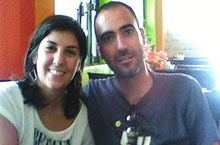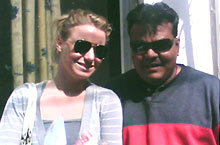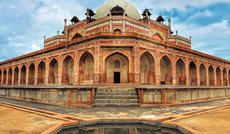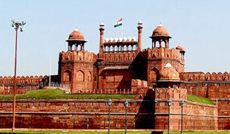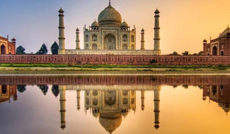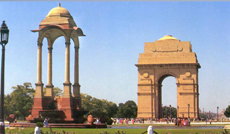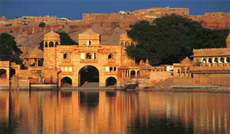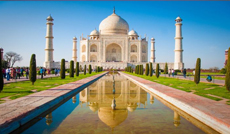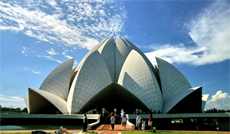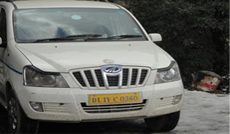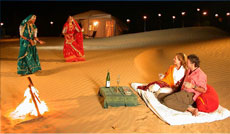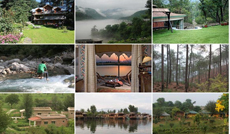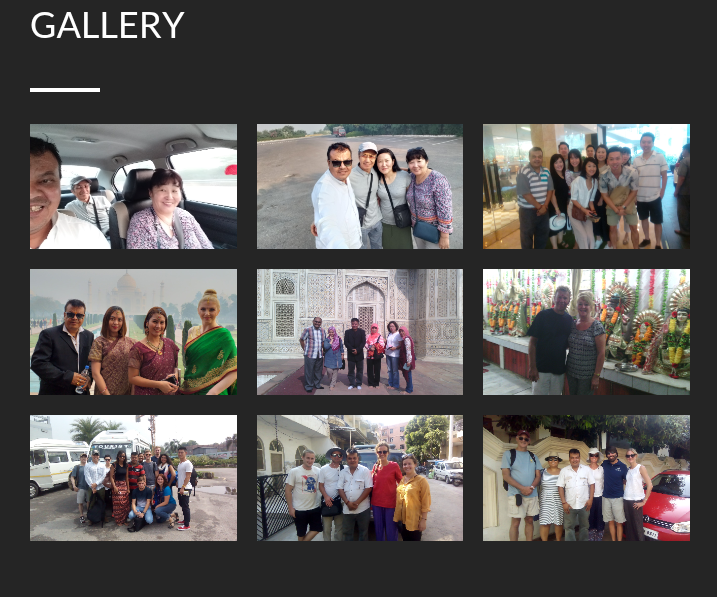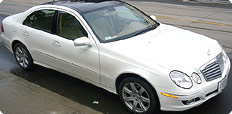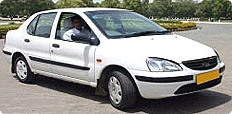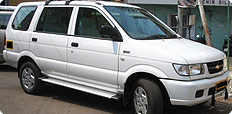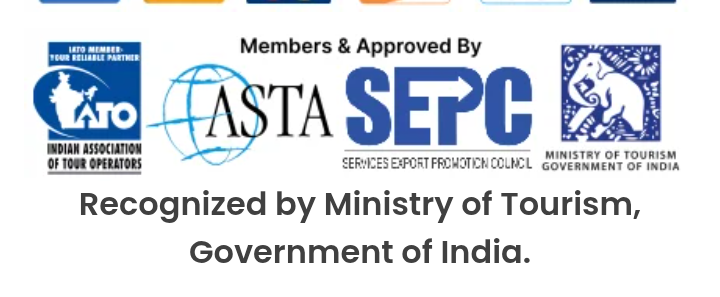Delhi is the capital city of India, and can be called as a major
gateway to India. Delhi is one of the most important metropolis
in India, as it is the city of power. It has a very good
combination of both modern, as well as ancient culture. It is
also known as the Headquarters of Indian politics, as most of
the heads of the Indian government and other political parties,
reside here, including the Prime Minister, and President of the
country. In these 3000 years of its existence, there has been
the origin of seven more cities, where the traditional Indian
capital is. Strategic location, mixture of modern and Indian
culture, rich history, medieval market, beside the modern ones
etc are the main reasons for choosing it as the seat of power.
Delhi is a city waiting to be explored.
History
Down the ages, the region in and around modern Delhi saw Lalkot
built in the mid-11th century; Siri established by Allauddin
Khilji; Tughlakabad and Ferozabad built by the Tuglaks, followed
by the city of the Lodis; and then came Shahjahanbad, the
capital of the Mughals under Shah Jahan. New Delhi also reflects
the legacy the British left behind. The division between New and
Old Delhi is the distinction between the capitals of the British
and the Mughals respectively. So, wherever the visitor goes, he
will invariably confront the past of the city.
Culture
The throbbing presence of Delhi pulls one out of the reflections
of a mute past. The divisions in the Walled City and New Delhi
also mark their varied lifestyles. The Walled City is all about
traditions, whereas New Delhi, in contrast, is a city living up
to contemporary international standards.
Climate & Geographical Location
It is extremely hot and dry in summer and cold and pleasant in
winter. Standing on the west bank of the Yamuna river, at the
narrowest point between the Aravalli hills and the Himalayas is
Delhi.
How to Reach
New Delhi is well connected by rail, road and air. By air, New
Delhi has two terminals, one for domestic and the other for
international flights, 4.5 km apart. The two are linked by coach
services. The Indira Gandhi International Airport connects Delhi
to the world. On the domestic front, it is well connected with
all state capitals and major metros all over India. By rail, Old
Delhi, New Delhi and Hazrat Nizammuddin stations connect Delhi
to all parts of the country. All these three stations are
located at a distance of maximum 5 km from each other. By road,
Delhi is connected by National Highways to all the parts of the
country. It is also linked by bus services of Delhi Transport
Corporation (DTC) and state roadways of neighbouring states to
all important cities and destinations in North India. Delhi is
well connected by road with many major cities like Mumbai,
Kolkata, Jaipur, Jodhpur, Shimla, Nainital, Agra, Ajmer,
Gwalior, etc.
Tourist Places
Raj Ghat
Mahatma Gandhi was cremated here in 1948. This sprawling site,
on the banks of the Yamuna, is marked by a brick platform,
flanked by an eternal flame, surrounded by lush green lawns and
imposing boundary walls of concrete.
Rashtrapati Bhavan
The official residence of the President of India, it stands at
the opposite end of the Rajpath from India Gate. This
palace-like building is an interesting blend of Mughal and
western architectural styles, the most obvious Indian feature
being the huge copper dome. Attached is a Mughal garden which
remains open to the public, only in February and early March.
Prior to Independence, this was the viceroy's residence.
Sansad Bhavan
Although a large and imposing building, Sansad Bhavan, the
Indian parliament building, stands almost hidden and virtually
unnoticed at the end of Sansad Marg. A circular colonnaded
structure, its relative physical insignificance in the grand
scheme of New Delhi shows how the focus of power has shifted
from the viceroy's residence, which was given pride of place
during the time of the British Raj when New Delhi was conceived.
Bahai Temple
Lying to the east of Siri Fort, is the Bahai Temple shaped like
a lotus flower. Completed in 1986, it is set amongst pools and
gardens, and adherents of any faith are free to visit the temple
and pray, or meditate silently, according to their own religion.
It looks spectacular at dusk, particularly from the air when it
is floodlit, but is rather disappointing close up. The temple
lies just inside the Outer Ring Road, 12 km southeast of the
city centre.
Red Fort
The red sandstone walls of Lal Qila, the Red Fort, extend for 2
km, and vary in height from 18 m on the riverside to 33 m on the
city side. Started by Shah Jahan in 1638, the construction of
the massive fort was completed in 1648. But he was never able to
move his capital from Agra to this new city of Shahjahanabad in
Delhi, for he was imprisoned in Agra Fort by his son Aurangzeb.
Dating from the very peak of Mughal power, the Mughal reign from
Delhi was a short one. However, Aurangzeb was the first and last
great Mughal emperor to rule from here.
Chandni Chowk
This main street of Old Delhi is the colourful shopping bazaar
known as Chandni Chowk. A very sharp contrast to the open,
spacious streets of New Delhi. At its eastern end is a Digambara
Jain Gurdwara (temple), with a small marble courtyard,
surrounded by a colonnade. There is an interesting bird hospital
here, run by the Jains.
Jama Masjid
The largest in India, and the final architectural extravagance
of Shah Jahan; Jama Masjid is the great mosque of Old Delhi. It
has three great gateways, four angle towers and two minarets
constructed of alternating vertical strips of red sandstone and
white marble. Broad flights of steps lead up to the imposing
gateways. The Eastern gateway was originally only opened for the
emperor, but is now only open on Friday and Muslim festival
days. So large is the mosque's courtyard that it can hold 25,000
people.
Connaught Place
A business and tourist centre, it's a vast traffic circle, with
an architecturally uniform series of colonnaded buildings around
the edge, mainly devoted to shops, banks, restaurants and
airline offices. Willing to shop, you can have any and
everything at your disposal. The outer circle is known as
Connaught Circus.
Jantar Mantar
A short stroll down Sansad Marg from Connaught Place, this
strange collection of salmon-coloured structures is one of
Maharaja Jai Singh II's observatories. The ruler from Jaipur
constructed this observatory in 1725, and a huge sundial known
as the Prince of Dials dominates it. Other instruments plot the
course of heavenly bodies and predict eclipses.
Lakshmi Narayan Temple
To the west of Connaught Place, the industrialist B.D. Birla
erected this garish modern temple in 1938. It is dedicated to
Lakshmi, the goddess of prosperity and good fortune, and is
commonly known as Birla Mandir.
India Gate
This 42 m high stone of triumph stands at the eastern end of the
Rajpath. It bears the names of 85,000 Indian army soldiers who
died in the campaigns of WW I, the NorthWest Frontier operations
of the same time, and the 1919 Afghan fiasco.
Qutb Minar
One of the earliest Muslim monuments in India, it was erected in
(c.1230) by Iltutmish of the Delhi Sultanate. Built in the early
13th century, a few kilometres south of Delhi, the red sandstone
tower is covered with relief work and has a symbolic function as
a Victory Tower, glorifying Islam's victory against idolators.
The highest monument of India, Qutb Minar is 72.5 m high,
tapering from 2.75 m in diameter at its peak to 14.32 m at its
base, and alternating angular and rounded flutings. An indoor
staircase leads to the outside galleries, from where the muezzin
calls for prayer. The monument is decked out with huge strips of
Koranic verses. The surrounding archaeological area contains
funerary buildings, notably the magnificent Alai-Darwaza gate,
the masterpiece of Indo-Moslem art built in 1311, and two
mosques, including Quwwatul-Islam, the oldest in northern India,
made from materials from about twenty Brahmin temples.




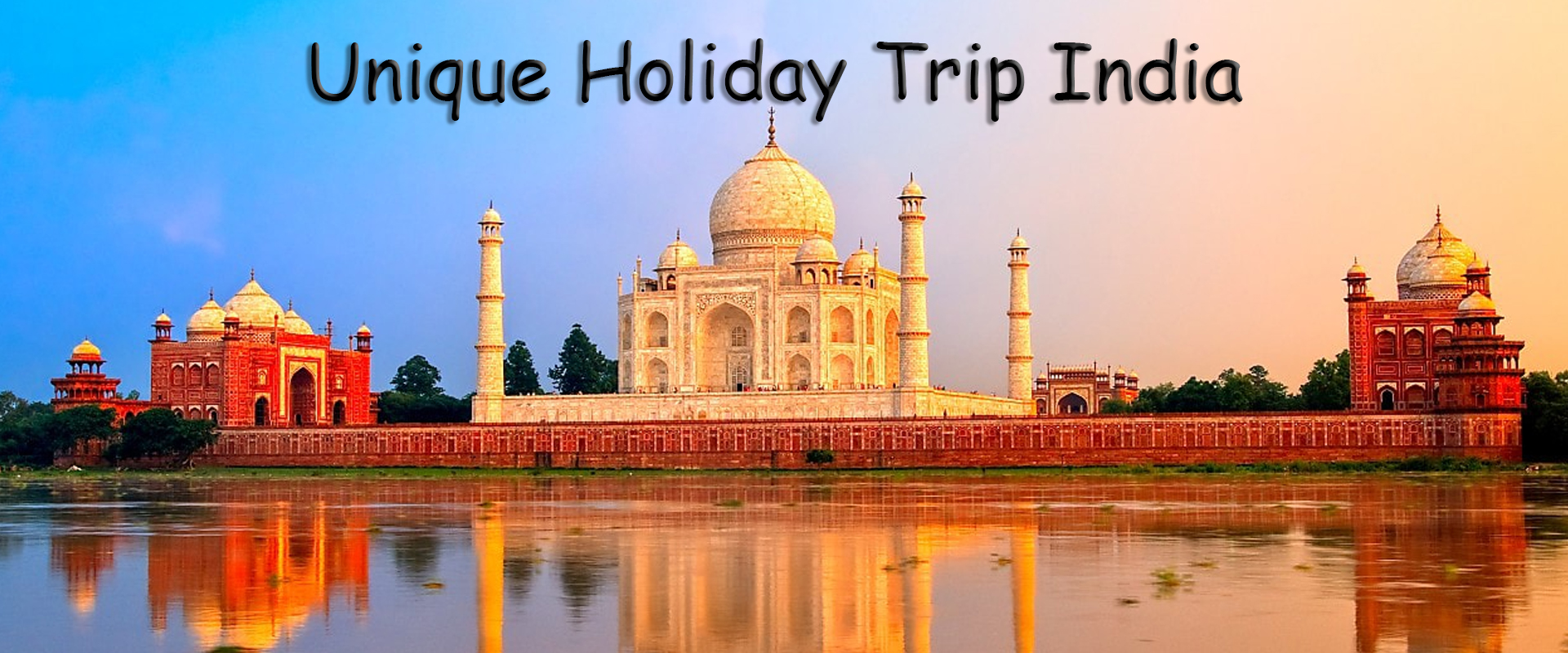

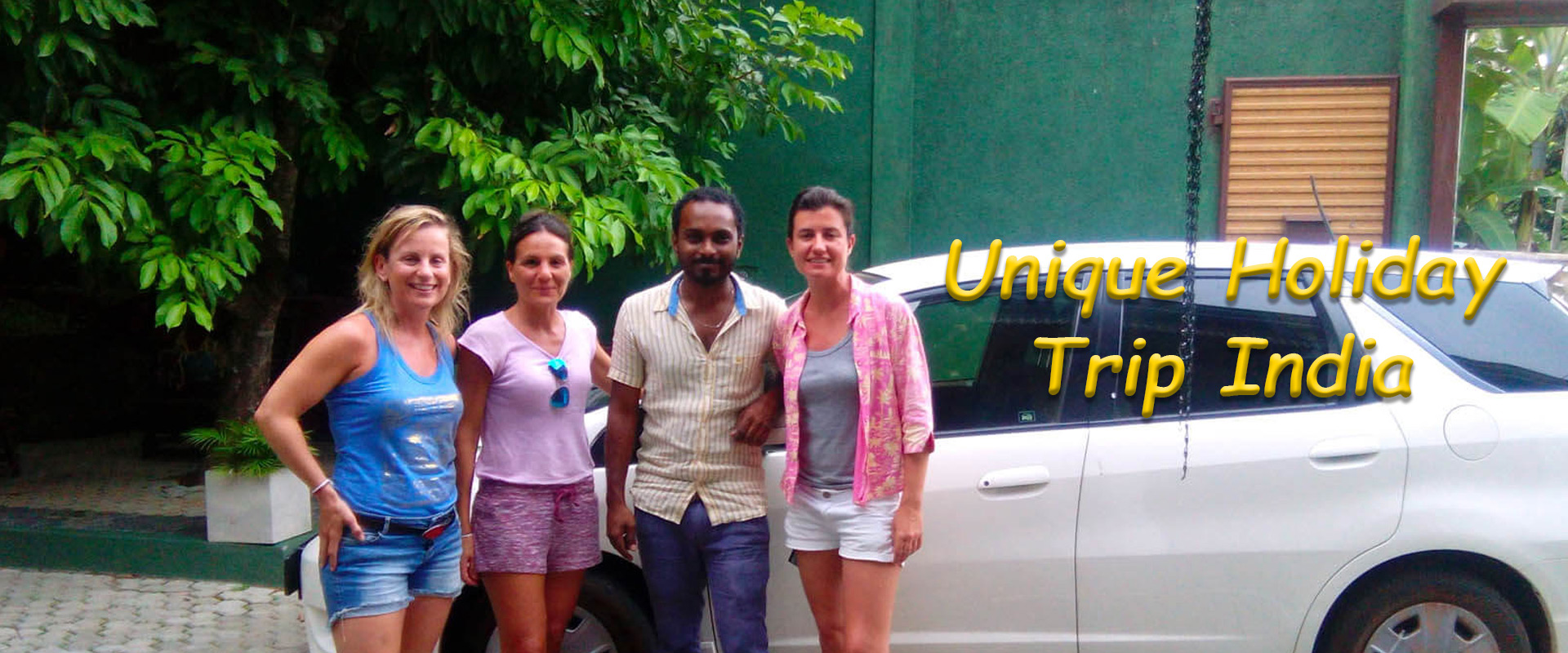


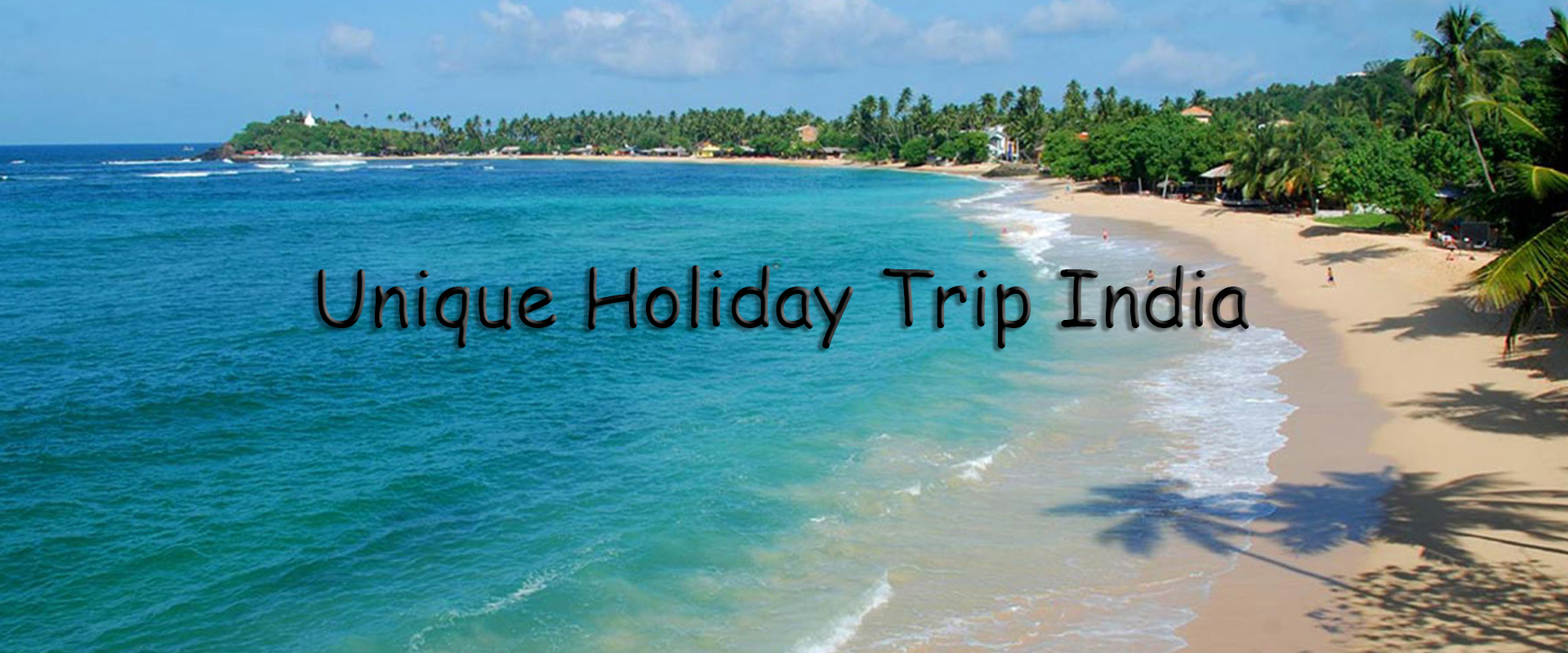
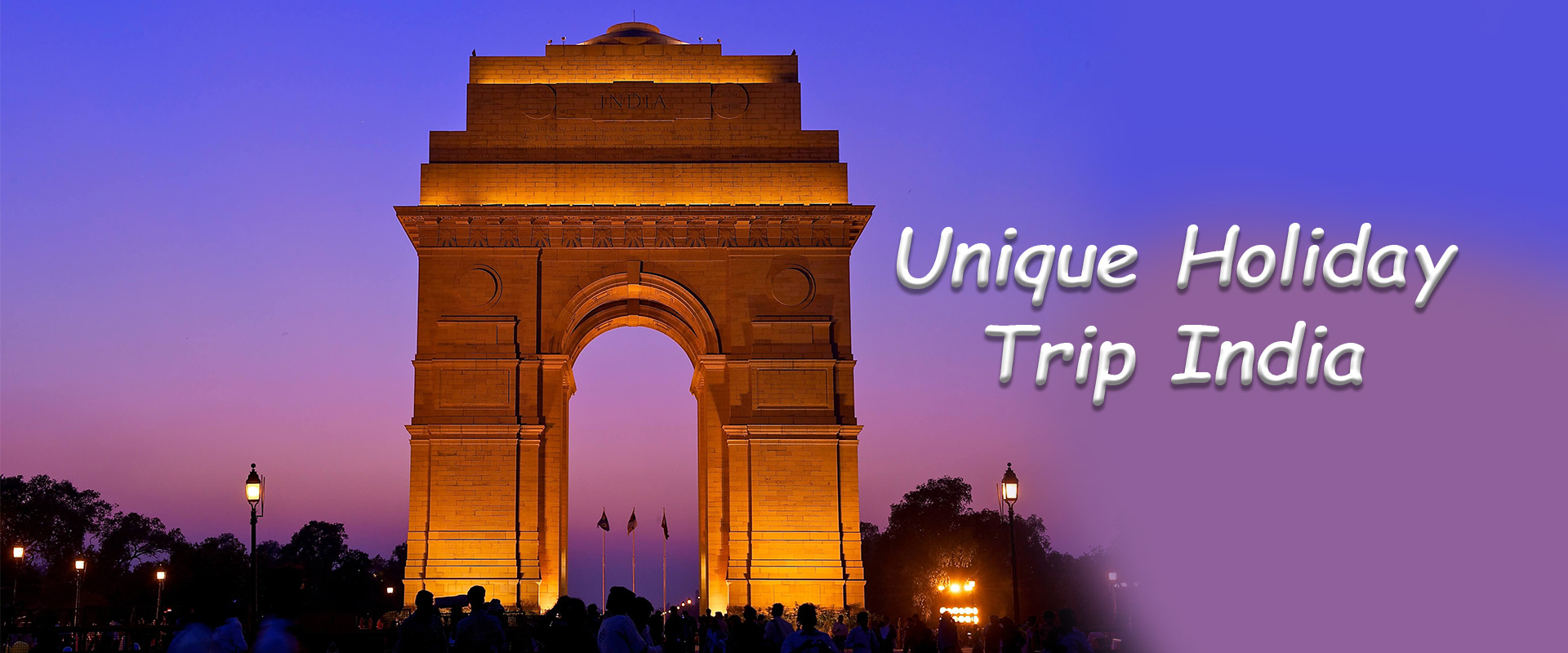
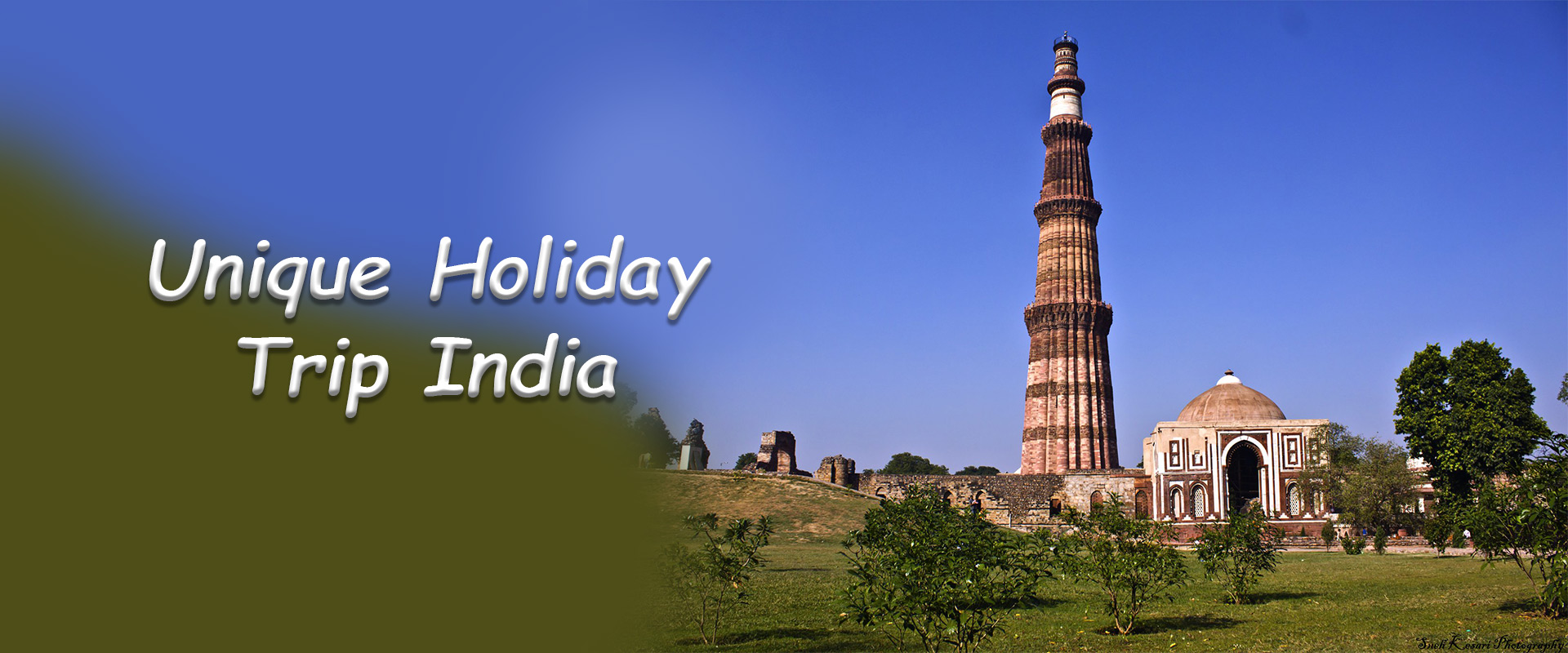

.jpg)
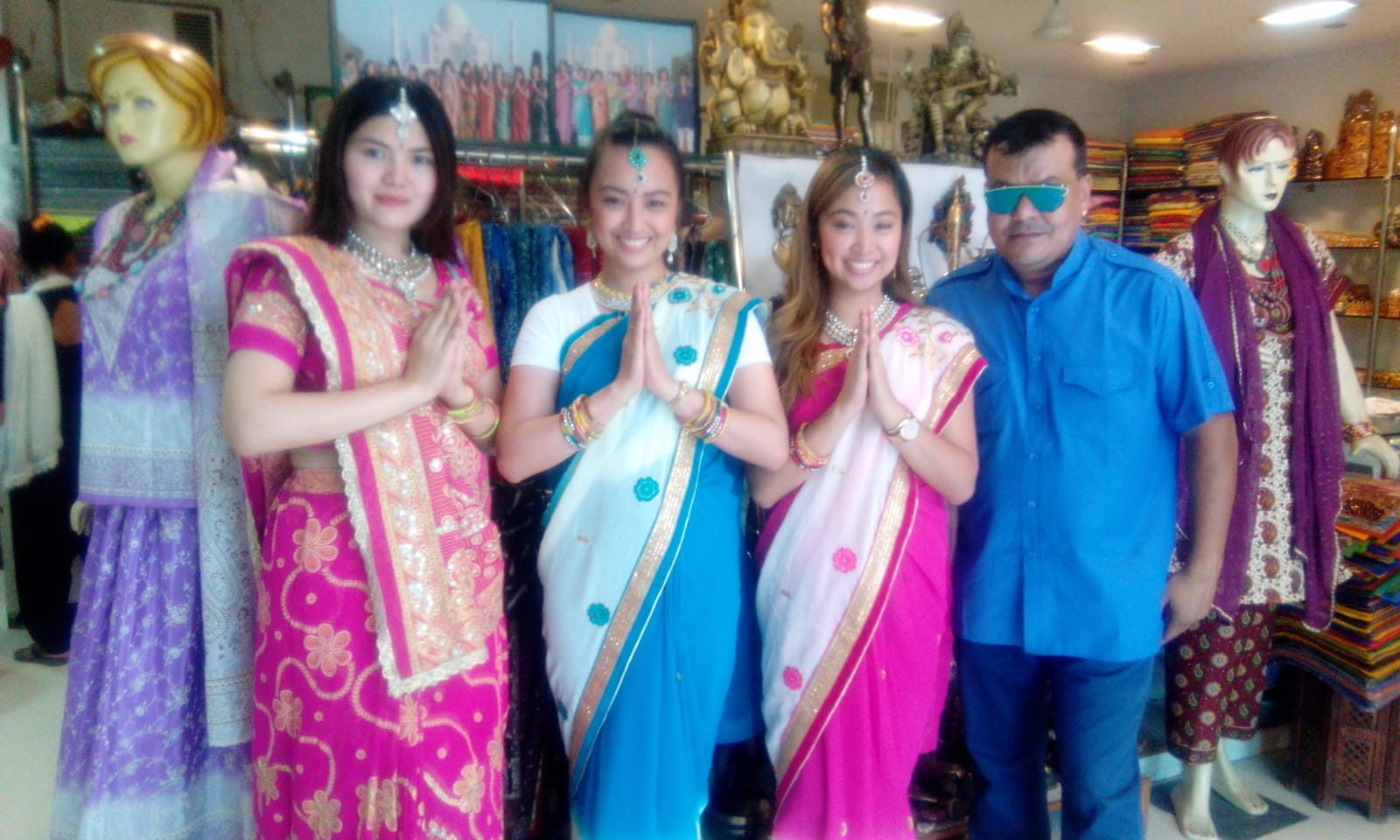
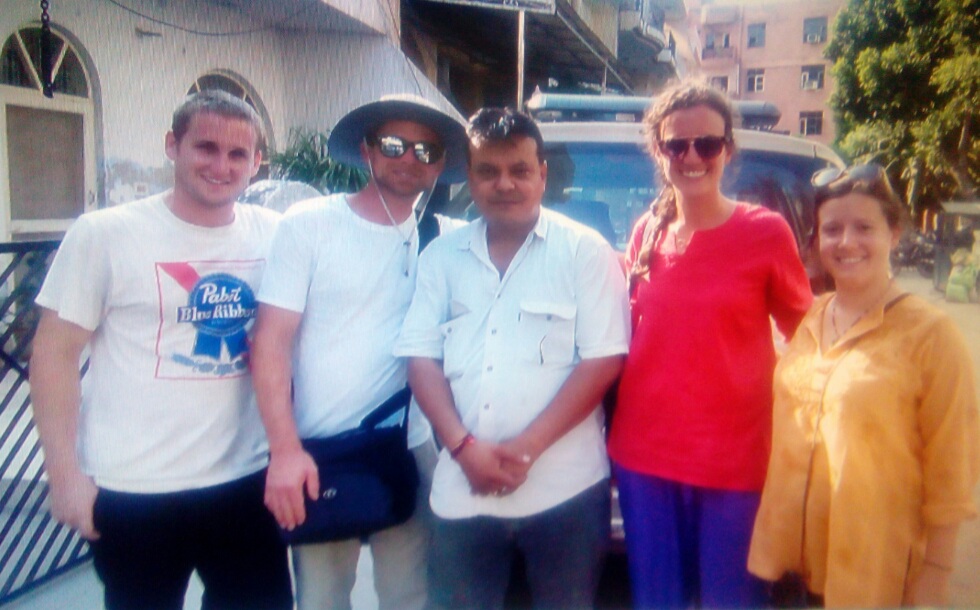
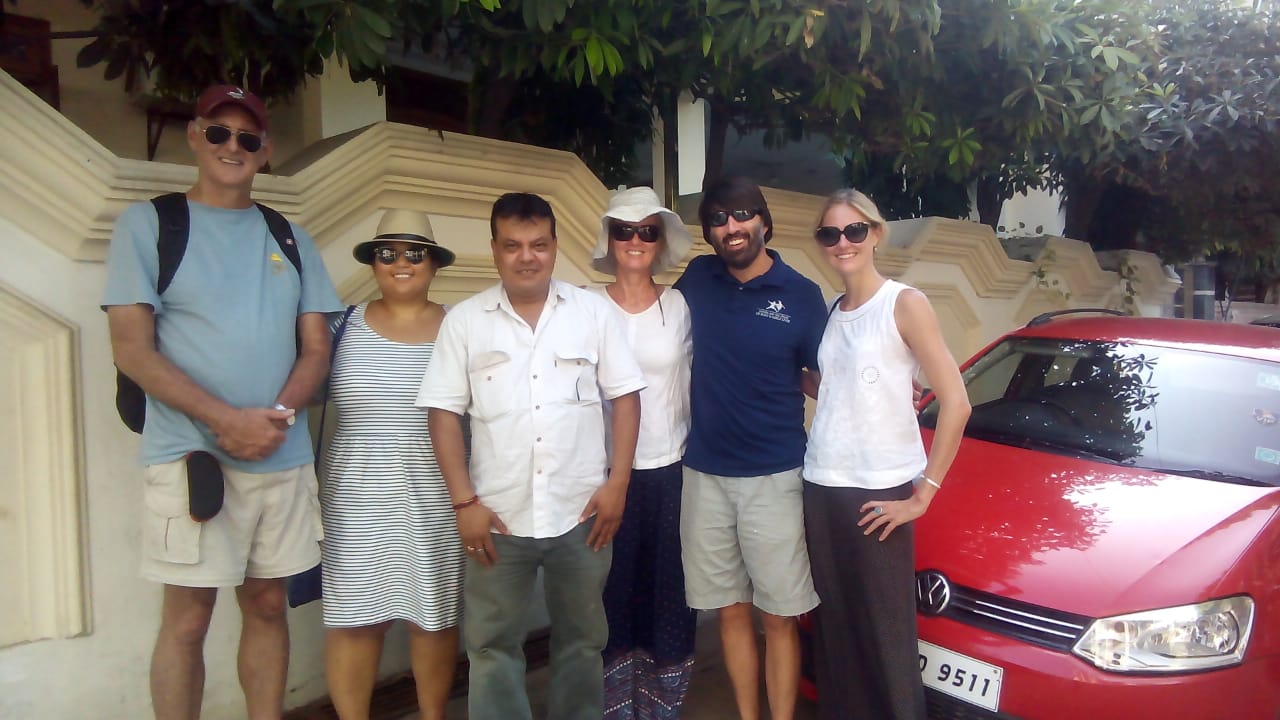
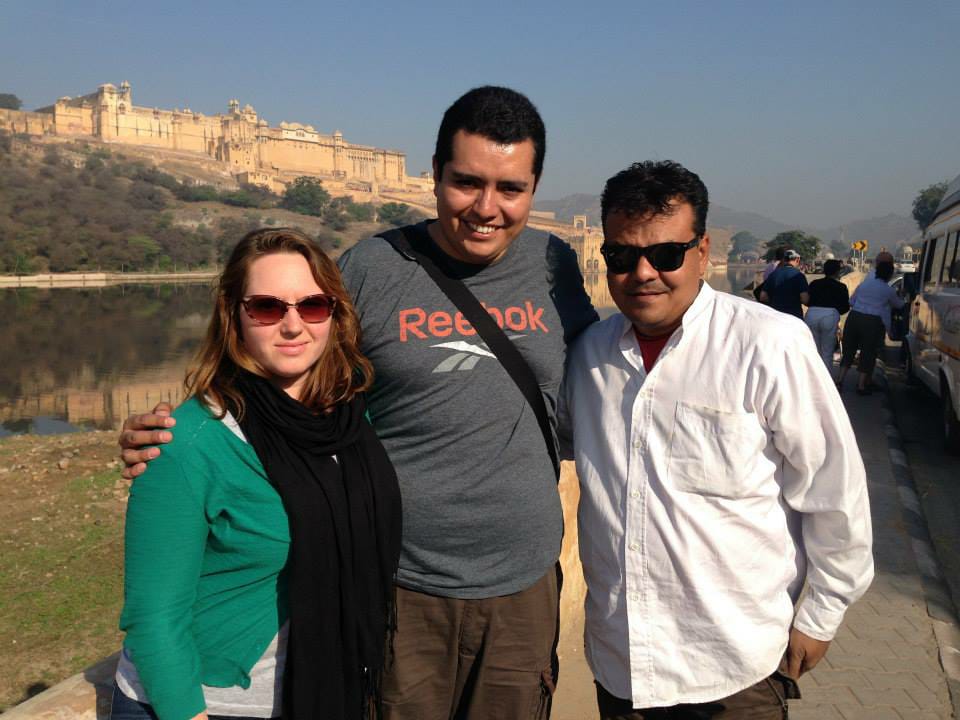
.jpg)
